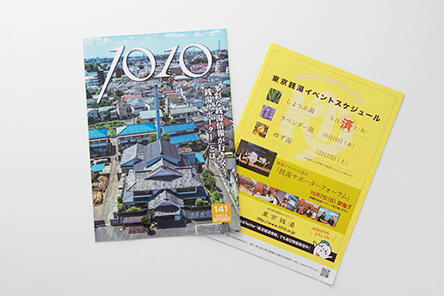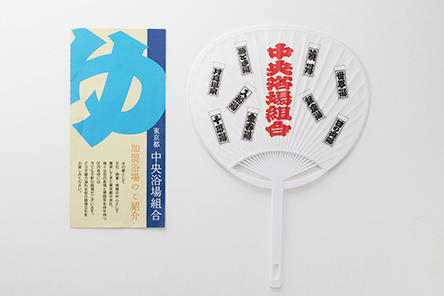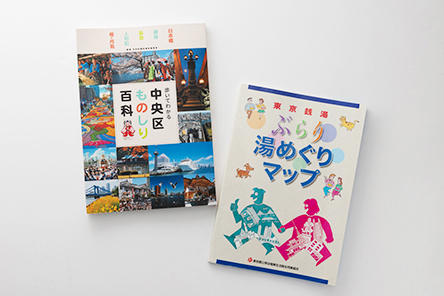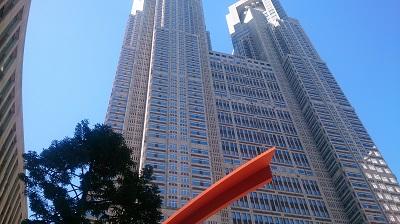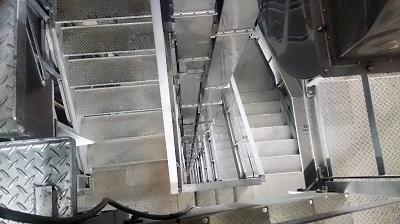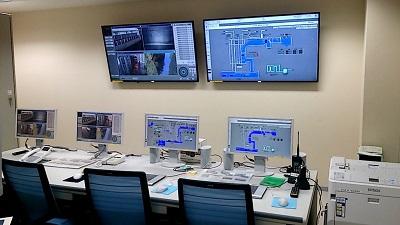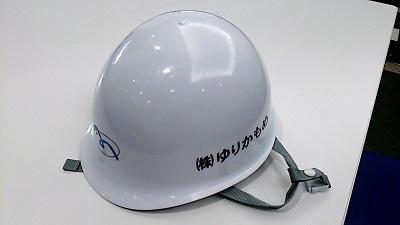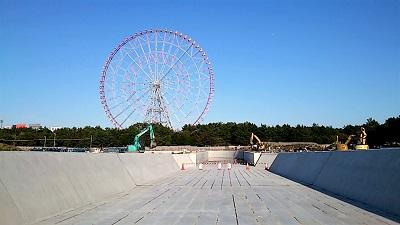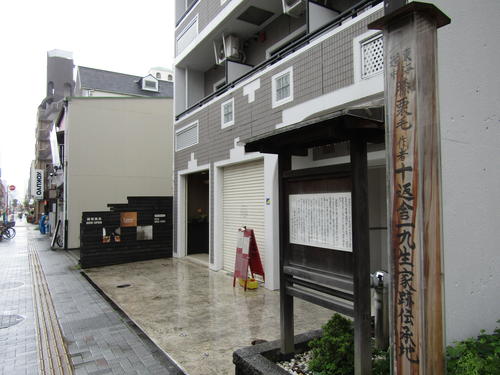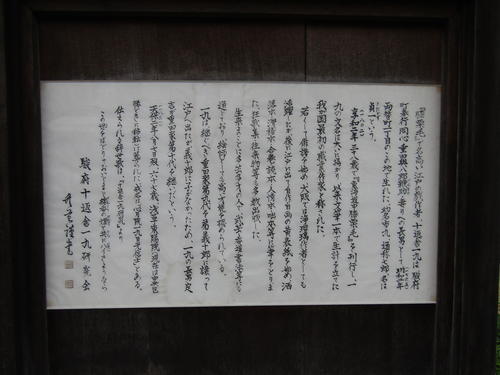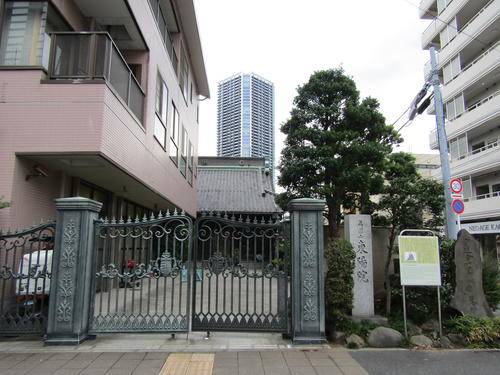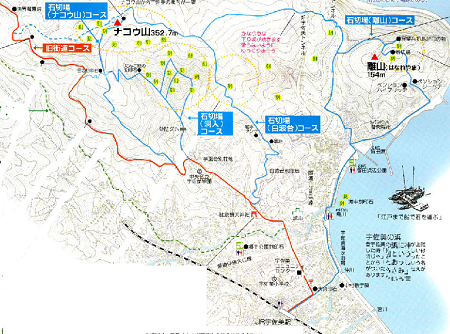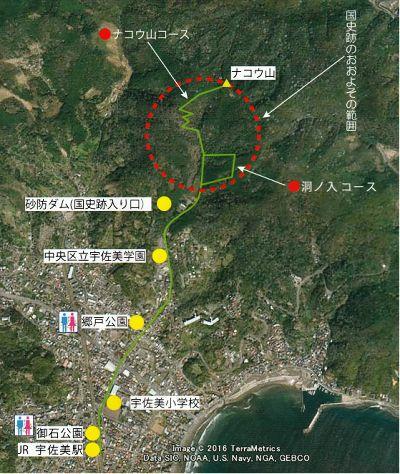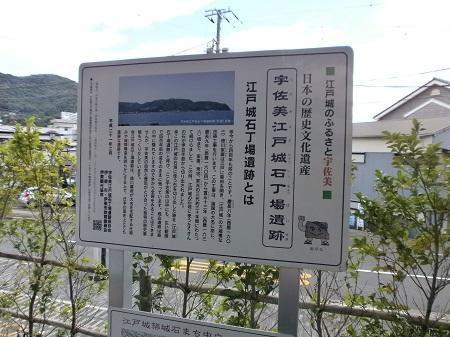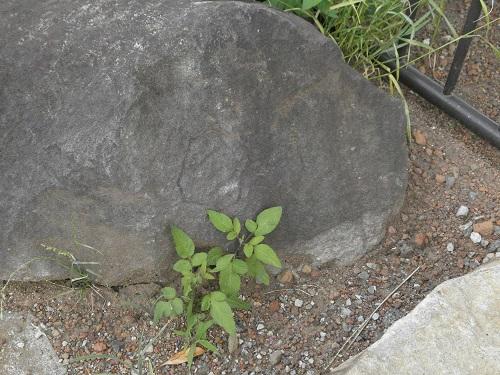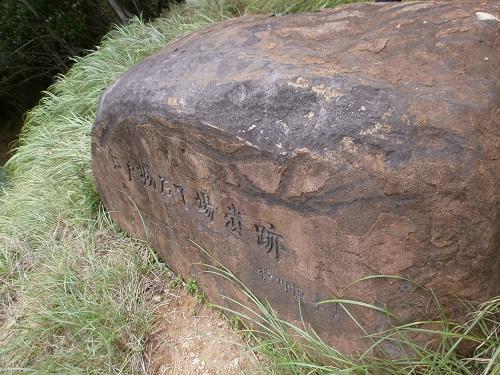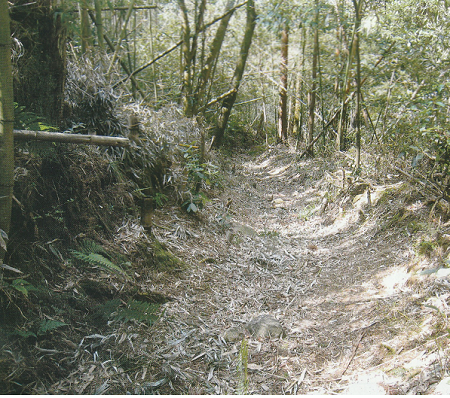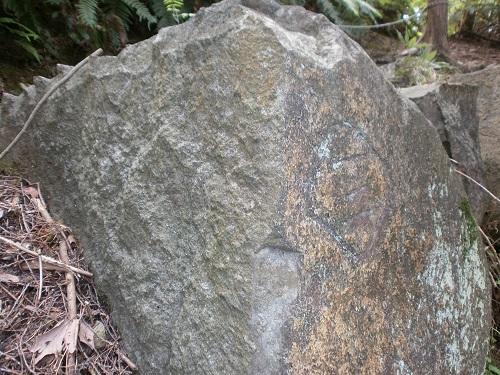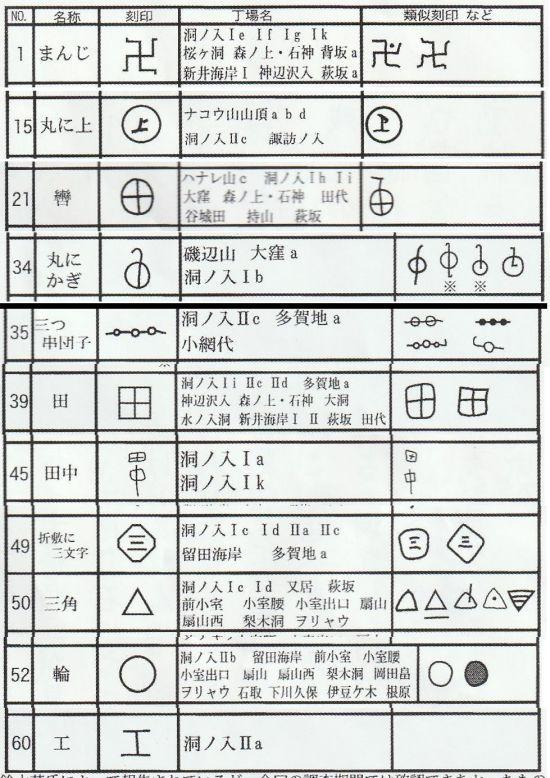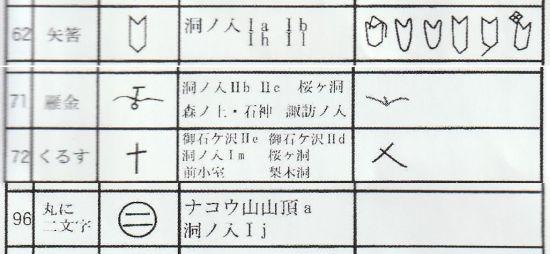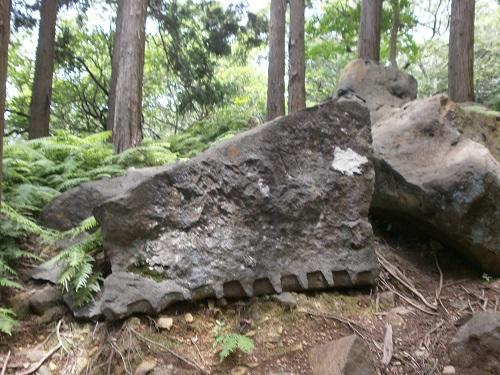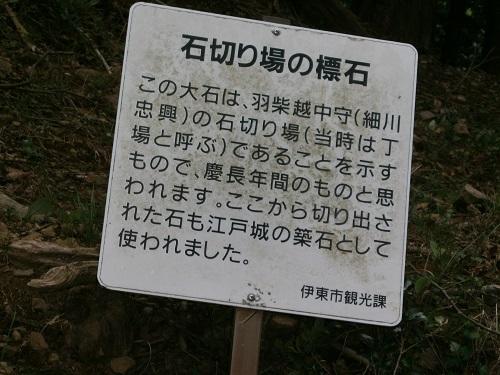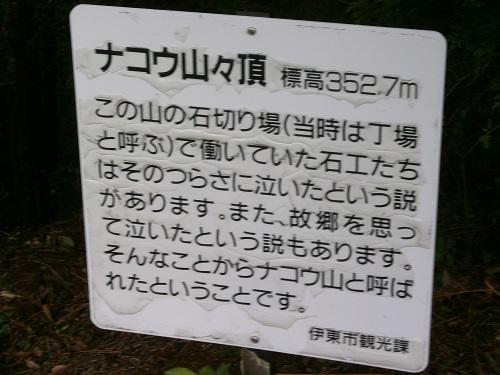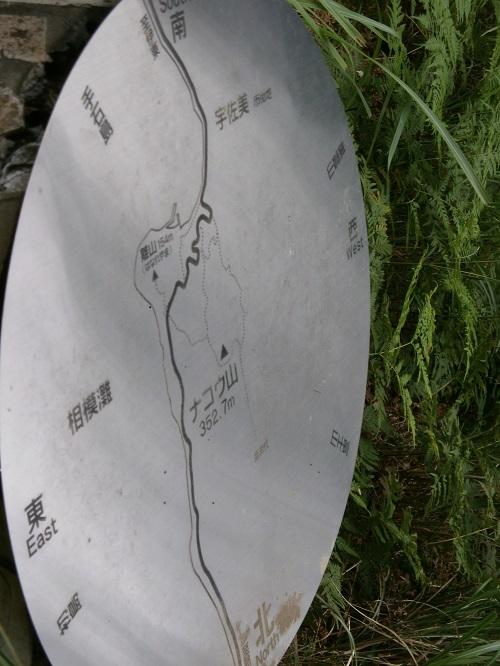Hello. This is a new correspondent, Hanes.![]()
In the middle of October, maples and maples of street trees in Chuo-ku will see if they will turn red.
I started checking on my way to work.![]()
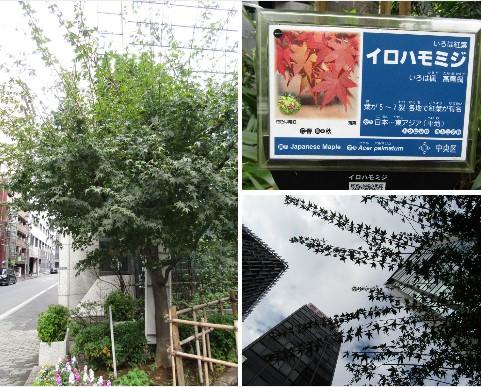
(Edo Momiji-dori: Nihonbashi 1-chome 18-Nihonbashi 3-chome 15)
(Kojunsha Street)
Apparently, it seems that the autumn leaves are still far away.
According to "Chuo-ku Street Trees managed by Chuo-ku" on the website of Chuo-ku.
There are 36 maple trees in the Kyobashi area, 47 in the Nihonbashi area, and 0 in the Tsukishima area.
It seems that 254 trees are planted in the Kyobashi area, 127 trees in the Nihonbashi area, and 103 maple trees in the Tsukishima area.![]()
Because of the beautiful autumn leaves, they are street trees in all cities nationwide.
In such Chuo-ku, there is another thing related to "Momiji".
That's Momijigawa.![]()
In Chuo-ku, there are still existing rivers such as the Sumida River and the Nihonbashi River, while many rivers have disappeared due to landfills.
The Kaede River is also one of the rivers that disappeared.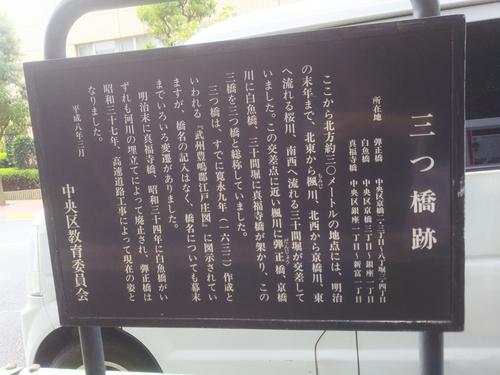
As you can see on this information board, the Kaedegawa used to be a Dansho Bridge.
This is a senior correspondent Gimney ☆Mr. Cricket is also introducing you. (For more information, see the related article.)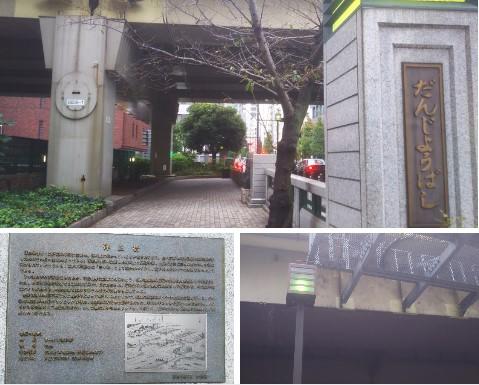
(Current Dansho Bridge. It was replaced in 1926 and is located slightly north of the conventional Dansho Bridge. )
This bridge is an unnamed bridge in the Kanei era, Shoo era, and Meiryaku era.
In the figure of 1700 (Genroku 13), it is described as "Togoehashi" (Togoshi Bridge) of unknown origin, and it became a bullsho bridge derived from Shimada Dansho Shosuke, who later had mansion in Hatchobori.
The street network was improved through the municipal reform project in 1913 (Daisho 2), and a new bullsho bridge was erected upstream of the bridge, and at the same time the old bullsho bridge was renamed the former bullsho bridge and survived. However, it has been abandoned due to land readjustment of the earthquake reconstruction project.
However, this bridge is Japan's first domestic bridge manufactured at the Akabane Plant of the Ministry of Construction at the request of the Tokyo Government.
In May 1929, Tokyo City decided to relocate and preserve the Hachiman Bridge at Tomioka 1-chome in May 1929.![]()
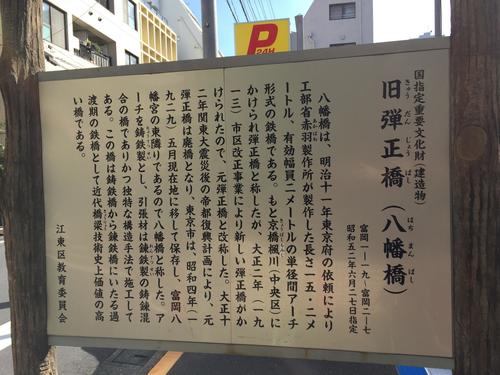
So when I went to Tomioka Hachimangu Shrine, I crossed the old Dansho Bridge.![]()
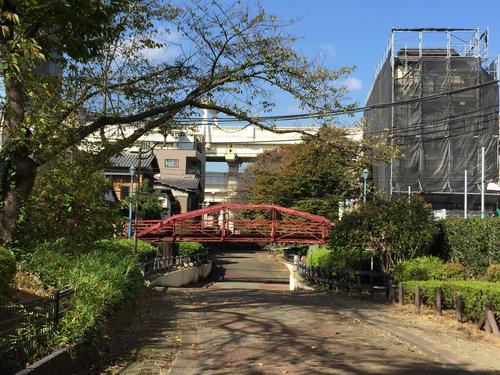
In fact, this bridge is also the oldest existing iron bridge in Tokyo and the second oldest in Japan!
By the way, the oldest in Japan is Ryokuchi Nishibashi (formerly Shinsaibashi) in Osaka City, Osaka Prefecture.
These are introduced in the Japan Bridge Construction Association, "100-Year Bridge: Reliable Technologies for the Next Generation" (p. 17).
It is also characterized by a pin with chrysanthemum emblems reflecting the national prestige, unique to a bridge built for the first time in a government-run factory.![]()
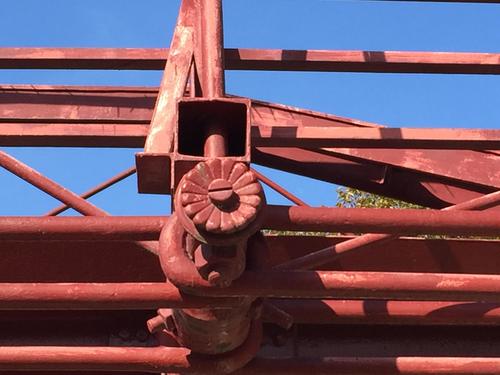
It is a valuable bridge in the history of modern bridges as a transitional iron bridge from the cast iron bridge to the iron bridge.
In 1989, he received the Japan Society of Civil Engineers' Honor Award from the Civil Engineers of the United States for the Wipple-type truss bridge based on the patents of American Squire-Wipple.![]()
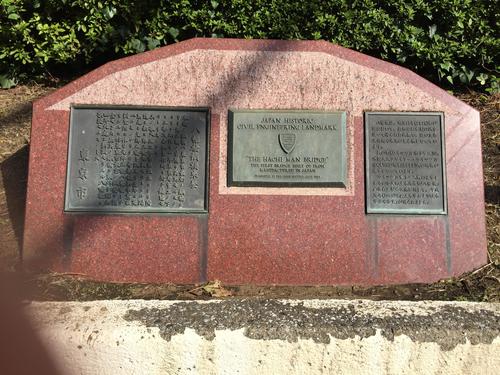
Old Dansho Bridge, a symbol of Civilization and enlightenment...
I was able to learn about its deep history in a place where I went a little further.![]()
One bridge is very interesting! In Chuo-ku, which is full of such a history, Mainichi is a series of discoveries!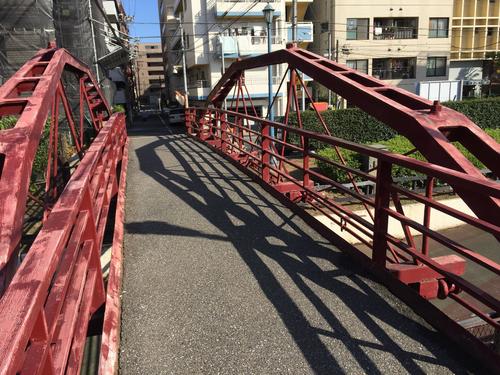
[Related Articles]
Dimini ☆Mr. Cricket, "Walking the ruins of Kaedegawa (1)"
/archive/2018/06/post-5299.html
Dimini ☆Mr. Cricket, "Walking the ruins of Kaedegawa (2)"
/archive/2018/06/post-5303.html
[References]
Chuo-ku, Board of Education, Social Affairs Division, Cultural Property Section, Chuo-ku Cultural Properties Survey Report No. 5, Bridge and Hashizume Plaza in Chuo-ku- Modern Bridge Survey-" (Chuo-ku Board of Education, Social Division, Cultural Property Section, Chuo-ku, Tokyo, 1998).
[Reference Website]
Japan Bridge Construction Association "100 Years Bridge: Reliable Technologies for the Next Generation"
http://www.jasbc.or.jp/panfuretto/panfu_100year_201505.pdf
National Diet Library "National Diet Library Digital Collection" Edo Kiri-ezu Tsukiji Hachimachi Hori Nihonbashi Minami-ezu
http://dl.ndl.go.jp/info:ndljp/pid/1286660?tocOpened=1
Agency for Cultural Affairs "Cultural Heritage Online"
http://bunka.nii.ac.jp/heritages/detail/121364
Chuo-ku Tourism Association Official Blog
Chuo-ku Tourism Association correspondent blog
Introducing Chuo-ku's seasonal information by sightseeing volunteer members who passed the Chuo-ku Tourism Association's Chuo-ku Tourism Certification and registered as correspondents.
List of AuthorsRecent blog post
|
[Excursion Series Vol. 6] Look for the oldest existing iron bridge in Tokyo...
A little New York Times - a town walk with a public bath―
October 10 is the day of the public bath. You can easily find the official website of the Tokyo Bath Association just by searching for "1010".
On October 7, a "Sento Certification" was also conducted. This test was once performed around November 26 (a good bath day). It's a little trivia.
There are currently 9 public baths in Chuo Ward. In this correspondent blog, sometimes the topic of public baths appears.
As a bath lover, I went around more than 100 public baths in Tokyo alone. It is a real pleasure to enjoy the feeling of traveling while staying in Tokyo in combination with walking around the town.
Some of the public baths are no longer available, and the modern building on the site is built. I don't feel lonely when I look at it, but it's created by the city with the times. Evidence that has changed. It's a nostalgic memory now.
By the way, those who have taken the "Sento Test" have just waited for the results, but We have just started applying for the Chuo-ku Tourism Test this month.
Autumn deepens and the holiday weather continues. Take the "Chuo-ku Monoshiri Encyclopedia" in one hand and walk around the town and go to Onsen tour. Please go out.
Click here for a list of public baths in Chuo-ku Central Bath Association Official Website Fureai no Yu http://www.268chuou.com/
※This article has nothing to do with a high-end daily newspaper that boasts the third largest circulation in the United States.
Kappa Tokyo 150 Years Special Project
We benefited from the Kappa badge, which was reprinted to commemorate the 150th anniversary of Tokyo. I participated in the premium tour. Winners gathered at the Tokyo Metropolitan Government Building. This is a tour of the Tokyo 2020 Games venue, infrastructure in Tokyo. Special contents that can only be experienced by this opportunity. Introducing the tour with permission to shoot and publish.
①Furukawa Underground Reservoir (Minato-ku) An underground tunnel that protects people from flood damage is about 40 meters underground. I went up and down the stairs. There was a lot of space where the light could not reach.
②Yurikamome Depot (Koto-ku) Depots that support safe operation (not listed) With the connection of the Kappa project, there was a smart plan of a special experience of a car wash vehicle.
③Canoe slalom venue (Edogawa-ku) It is possible to artificially create a flow in a waterway and conduct a competition. This is the first canoe slalom venue in Japan. On the 200m course, there was a way to create a flow by widening. A Ferris wheel A camera for fixed-point shooting is installed. ※Tokyo Page The details are confidential, so I will introduce you to this point. I had a very valuable experience. We will continue to welcome such fun projects in the future.
◆Tokyo 150th Anniversary Festival ◆Tokyo Metropolitan Government Official Video Channel [5th Excursion Series] Follow the life of Jujusha 19...
Climb to Edo Castle Ishichoba Site "Ecchunokami Hashiba Ishiba"
The previous month reported on the story of Odawara-cho in Edo Nihonbashi, following the stone wall of Edo Castle's Ishichoba archeological site. I thought I had to actually climb, so I contacted the Ito City Tourism Association and climbed with the support of guides. . I will describe the struggle. (Road without Road, one side valley (Note): Naturally, there is no fence) road, climbing up and down the road along the rope, etc., so climbing alone without a guide is very dangerous.) Date and time: 9:00 Set on June 27, 2018 Meeting place: Usami Station on the Ito Line Weather: Sunny, 31°C/24°C Departing at the scheduled time, as shown in the map below, go through the stone quarry (Mt. Nako) course, see "Ecchunokami Hashiba Ishiba" at the top, and go down the stone quarry (Shiranamidai) course. However, there was an accident in which the companion lost his wallet on the way to climb the wallet and had to return to the same course for search. It was a trip to see the national historic site twice (although it was out of breath).
Departing from Usami Station, the party departs after grabbing the whole picture with the explanation board of Ishichoba beside the station! ! !! !! ! We will first aim at Godo Park, which displays stones found in the Donoiri area.
In the "Donoiri" area, which we are aiming for in the future, a series of steps such as "digging stones", "breaking stones", "shaping stones", "engraving stones", "accumulation of completed stones", etc. Archaeological sites showing the process are concentrated. The above-mentioned castle stone was found near the sabo dam in the cave entrance area, and is stored and released in Godo Park near the cave entrance area. The engraving is called "three characters on Orishiki", and it can be seen that the Inaba family of Usuki in Kyushu uses the same engraving at Osaka Castle. Next, head to Usami Gakuen, Chuo Ward (545 Usami, Ito City, Shizuoka Prefecture). Previously, it was close to Usami Station, but moved to the foot of Nako. From this school, head to the "Edojo Ishichoba Ruins Hiking Course". (I didn't know that I would continue along the road without roads, so I started climbing vigorously.) Even if I started climbing and regret it later. The stone written as "Edo Castle Ishichoba Ruins" written by the 18th head of the Tokugawa family, Tsunetaka Tokugawa, was visible on the left, but I can't pay attention.
The road going up along the rope (Cliff?) A narrow road with a valley on one side (difficult if it falls) continues. You can't afford to walk on such a road, so you can't take a photo. I can't go up gradually. The next photo probably seems to be the path of pulling stones at that time. This "stone pulling road" seems to have continued in a shape that was dug down from the surrounding ground through the side of the area considered to be the work place. Stones like the photo are rolling on the side, upward and downward of the road without road.
There are countless stones engraved with various marks, such as those that seem to be the seal of the daimyo family and those that do not know what the mark is. Some may be a sign of a mason who worked at work. According to a survey by the Ito City Board of Education, more than 30 types have been found so far. A list of the characteristics of the stone stamp found at Mt. Nako and Donoiri climbed this time is listed. There are interesting engravings such as "Manji", "On the top", "Mitsukushi Dango", and "Yahazu". "Three characters in Orishiki" is also contained.
There are countless "arrow hole stones" that remain after the "arrow hole" that broke the stone. Special skills are required to use natural stones dug out from the soil for the stone walls of Edo Castle. We use the nature of the stone to break it as we wish. When I climbed, I finally arrived at the top around 12:00. It is a stone quarry of "Ecchunokami Hashiba (Tadaoki Hosokawa)". About 1 hour for lunch and break. The wind is strong and you can't stand at the top. (Because there are no convenience stores or shops, you need to bring a lunch box.) A companion from Tokyo began to say, "I dropped my wallet," so I changed my schedule to return via Hakunamidai in a hurry and decided to return on the outbound route. (Because no people came into such a mountain, my wallet was found safely.) I was tired on the outbound route, and the downhill was also hard. While rolling 4 to 5 times, he returned to Edo Castle Ishichoba archeological site. Take a commemorative photo. The left and right in the back row of the photo are guides of the Ito City Tourism Association, and I have a cane. The guide leader couldn't see the exhaustion and lent me a cane, so I managed to go downhill. There is plenty of room for a guide in Ito City! Arrival at Usami Station 14:30 Dissolution
[Reflection] When going to a guide with such climbing, I felt that the following points should be noted: 1) Don't bring a heavy object like a single-lens reflex camera. Even rucksacks are a burden when climbing. → It is dangerous if you do not concentrate on climbing and descending, so it is impossible to shoot with a large camera, so there is no point to bring it. 2) The jeans are not suitable because they clung around when the legs are raised during the sweat season. I feel more tired.
We hope that you will look at the blog and be interested in climbing the "Edo Castle Ishigaki Ishichoba Ruins". We plan to try again in early November, but considering the results of this trial, it will be about half of the climbing we reported this time so that I can participate softly. Encounter with willows of Ginza Nisei
On September 23, I participated in the Hokushin State Half Marathon, which runs from Nozawa Onsen Village, Nagano Prefecture to Iiyama City via Kijimadaira Village
*****
By the way, after the running event, the “Local Umaimo Eat Marathon
(I have such a grandma-chan! 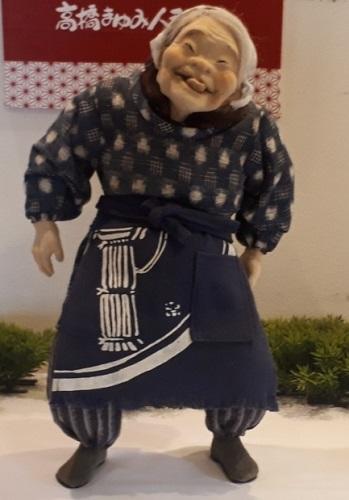 On the way, the word "Ginza's Yanagi II" jumped into my eyes.
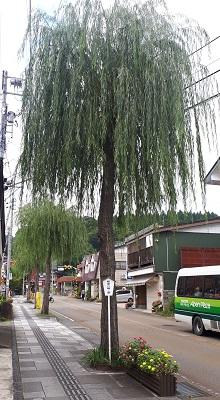 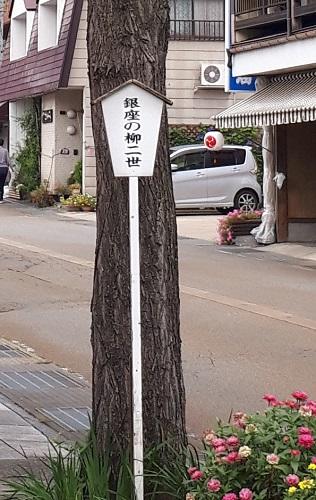 What? Why are you here?
I immediately came up with the relationship between Azumino and Yanagi in Nagano Prefecture, but I couldn't remember the relationship with Iiyama City.
Yes, "New correspondent Hanes" was one of the second-generation willows planted in various places nationwide, which was recently written by Imijiku. /archive/2018/09/4-10.html Near the Mayumi Takahashi Ningyokan, another Nisei willow tree and its explanatory text were installed. 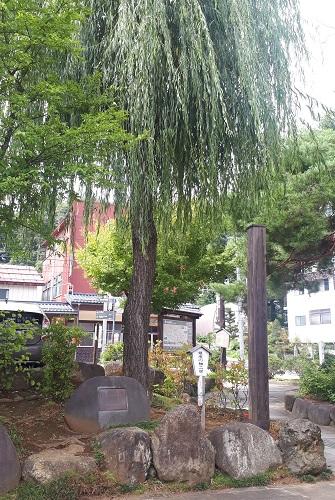 Say ・Edmond Morrel, a foreigner who worked hard to start the railway between Yokohama Shimbashi in 1872, died from a guest death. ・Mrs. Morrel's wife, Mrs. Kino (Japanese), will follow him to the unreliable person. ・Mr. Kazuji Shiiba (Chairman of Ginza Gomon-dori) and Mr. Yasuo Katsumata (Chairman of Ginza Kinharu-dori) who have raised Ginza II. Professor Takasuke Watanabe of Tokyo Institute of Technology (Tokyo Tech) was connected to Moril's contribution. ・Mr. Juichiro Furuta of Iiyama City taught Mr. Watanabe in detail about Mrs. KINO. It is said that Ginza Nisei Yanagi was given to Iiyama City in the spring of 2000 AD.
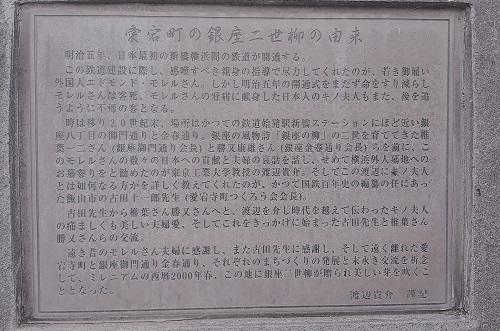 ・・I wonder if I was the only one who felt quite complicated
According to the website of the Tokyo National Highway Office, the website of the Tokyo National Highway Office.
・1994 "In the Yokohama City Foreigner Cemetery, which contributed to the establishment of a railway in the Meiji era and led Ginza to the development of Ginza. Eight Nisei and Sansei willow trees are planted in front of the grave of the British Mrs. Edmond Morel. 」 ・In 1999, it is described as "Donation of eight second and third generations to Iiyama City, Nagano Prefecture." You were connected here. From participating in the marathon event, I found a connection in Chuo-ku in unexpected places. This is also one way to enjoy
1
|
MenuArchiveLinks |

